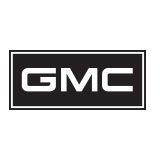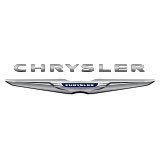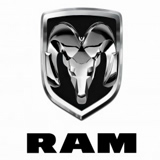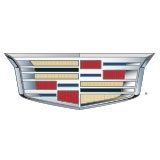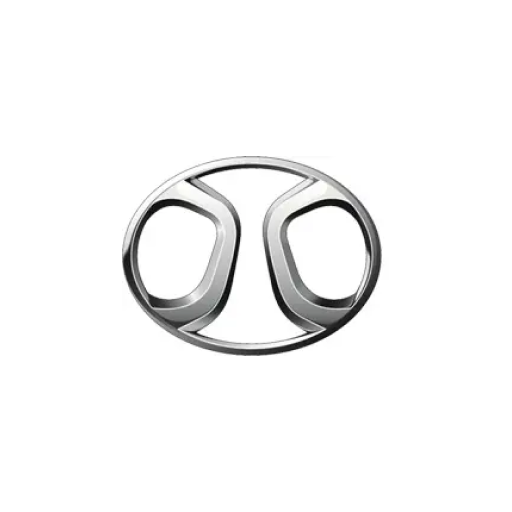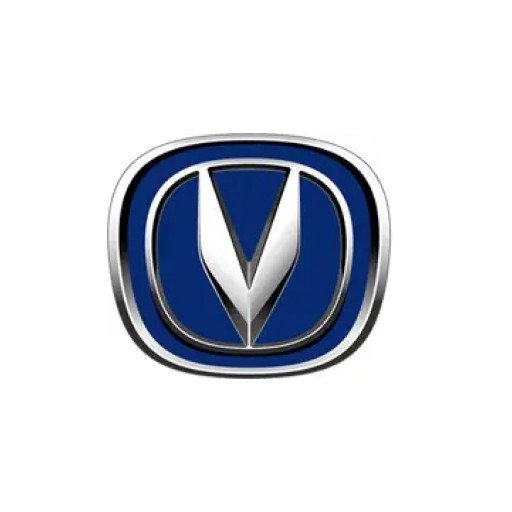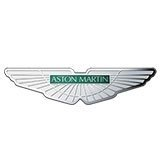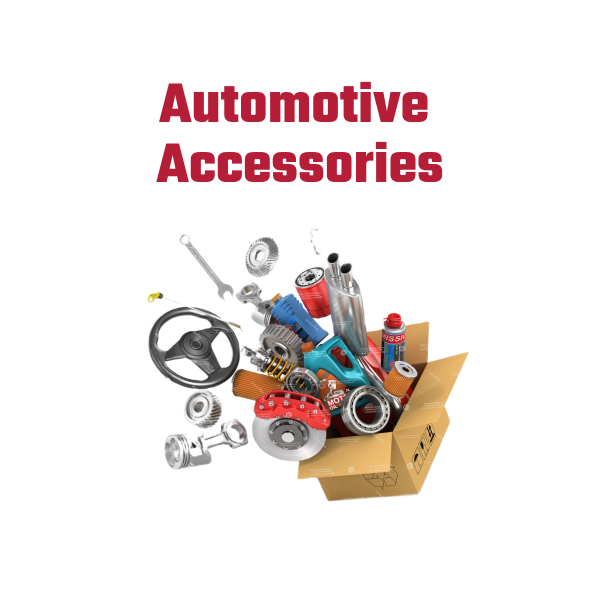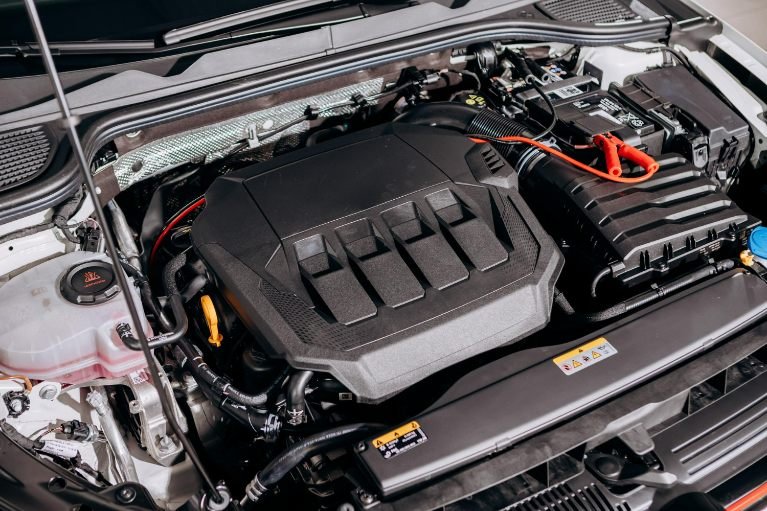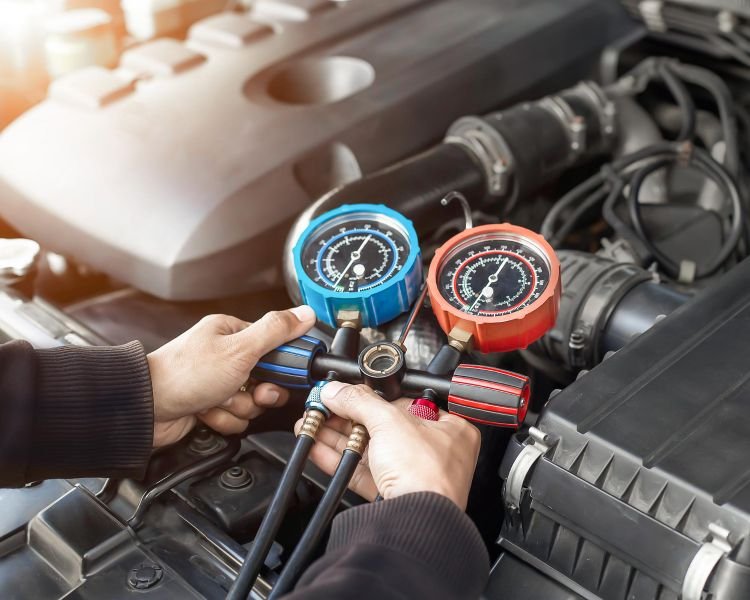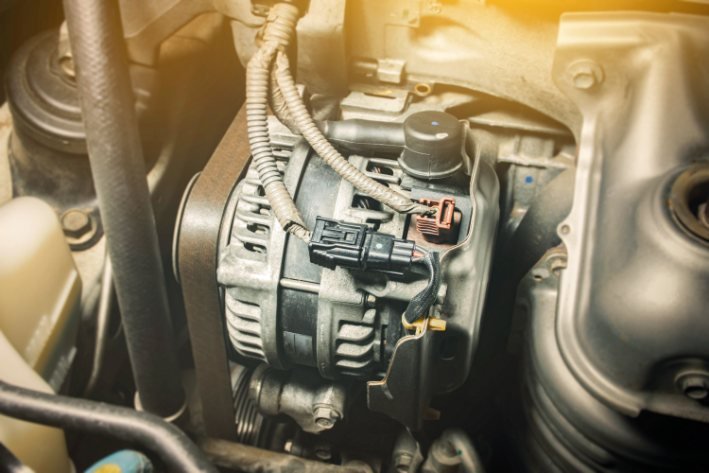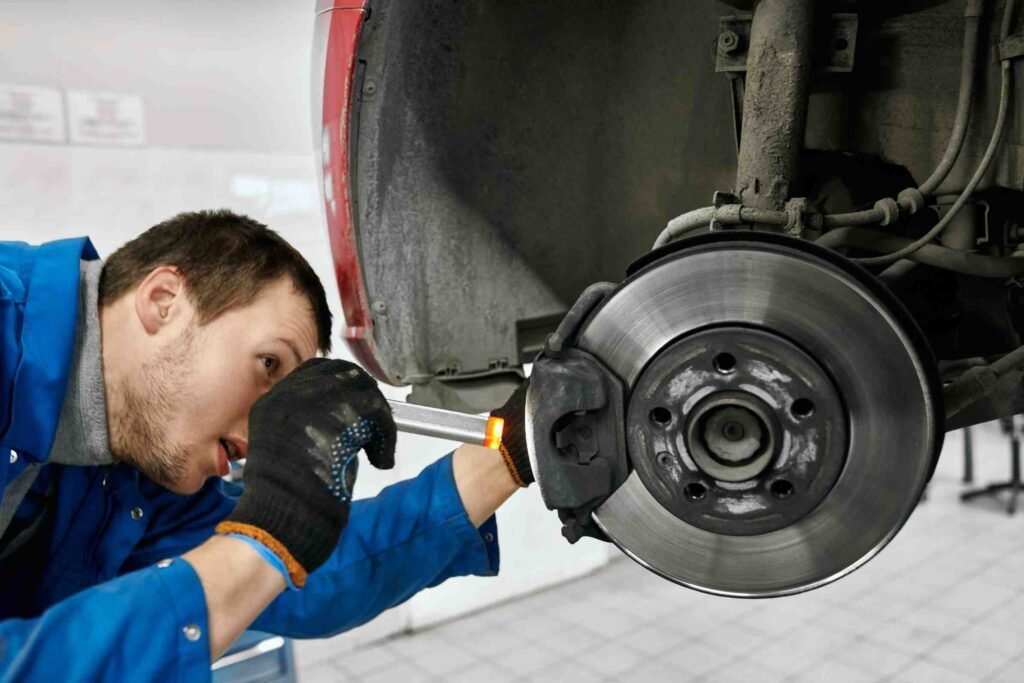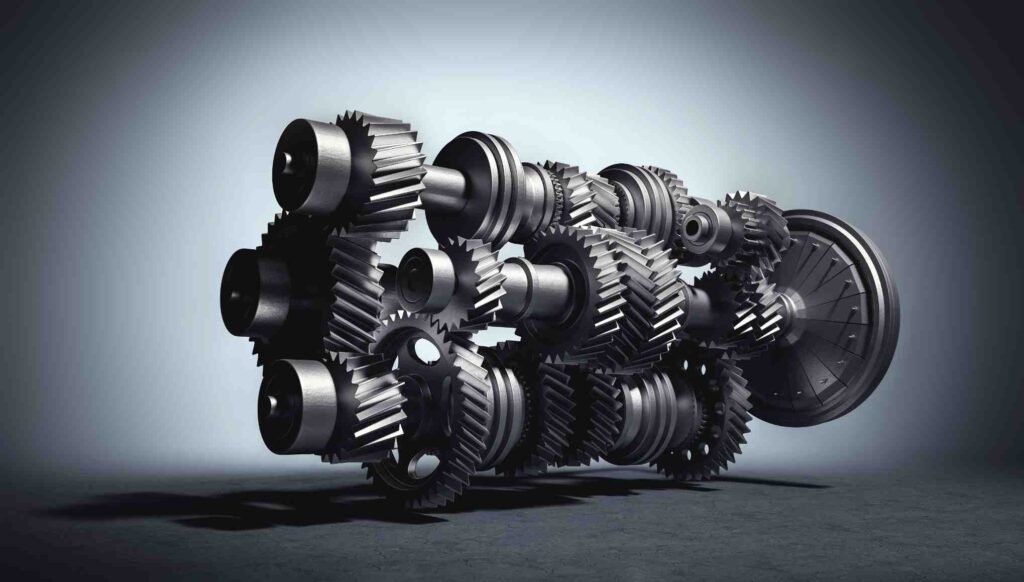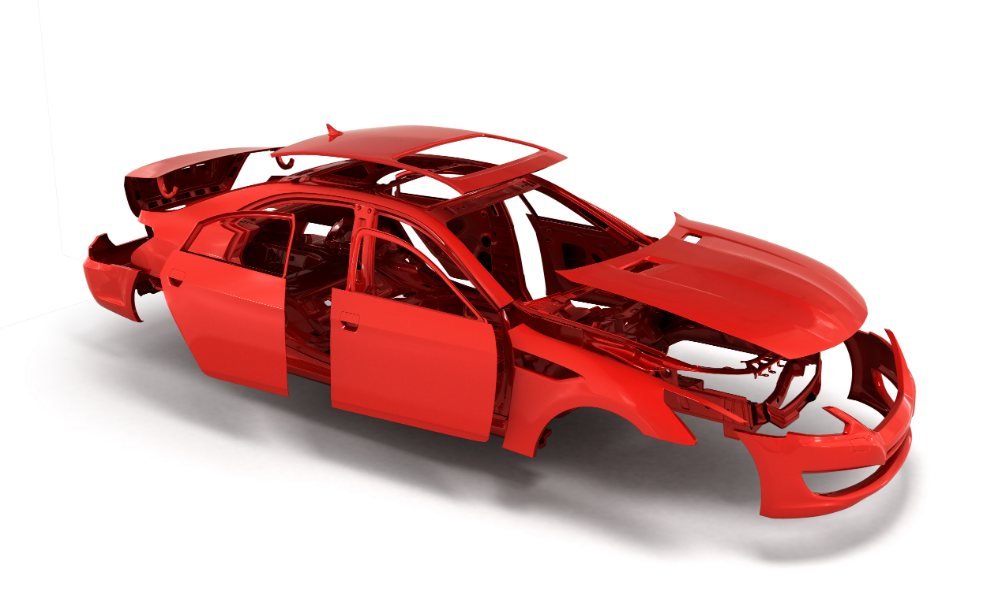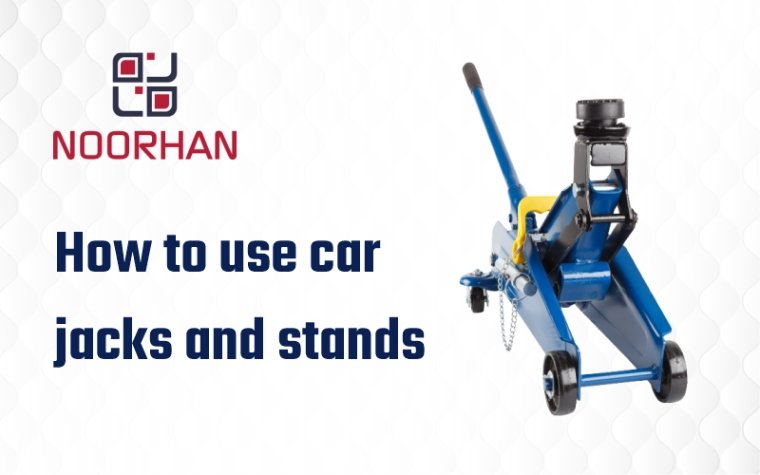How to Safely use Car Jacks and Stands
Proper usage of car jacks and stands is crucial for ensuring vehicle safety and longevity.
When an automobile is not lifted properly, significant risks and dangers are involved, such as the car collapsing or slipping off the jack stands.
These risks have the potential to hurt or even kill people seriously. Car owners can reduce hazards by understanding the proper lifting techniques, finding the ideal jacking points, and using the proper tools.
Safe lifting procedures also aid in maintaining the vehicle’s structural integrity, avoiding needless damage, and extending the vehicle’s life. Every car owner must emphasize safe lifting to keep a safe and durable vehicle.
Choosing the Right Car Jack and Stand
The right car jack and stand must be chosen for a vehicle to be lifted safely and effectively. There are numerous varieties of automobile jacks that each have advantages and disadvantages.
- Hydraulic jacks: These are well-liked for their use and lifting capacity. They are perfect for big trucks since they generate force using hydraulic fluid. They may, however, be more expensive and heavier than other variants.
- Scissor Jacks: The basic jack included with most vehicles is a scissor jack. They are portable, light, and simple to store. Due to their restricted lifting capacity, they may not be the ideal choice for routine maintenance, even though they are suitable for emergencies.
- Bottle jacks: Bottle jacks are strong and adaptable tools that are frequently used in professional garages. They are more compact and have a higher lifting capacity, but positioning them correctly under the car might be tricky.
- Floor jacks: Floor jacks provide good stability and lifting capacity. They are available in various styles, including low-profile jacks for lowered cars. However, they could cost more and take up more storage space.
When selecting a jack, it’s critical to take your vehicle’s weight and the type of job you intend to perform. Always check the owner’s handbook for advice on the best jack sizes and capacities.
Choosing the proper jack and employing appropriate jack stands are also crucial. Three primary categories of jack stands exist:
- Traditional Jack Stands: The most popular type, they have a single post with a variable height. They work well and are simple to use.
- Pin-Type Jack Stands: A pin secures the stand’s various height locations. Though they could be more difficult to adjust, they offer additional security.
- Ratchet-Style Jack Stands: include a precise height adjustment system with a ratcheting mechanism. They are convenient for frequent usage and quick to set up.
Take into account the stability and weight capacity of jack stands before buying. Always utilize jack stands on a flat, level surface and apply the right placement techniques to protect your safety when working on your vehicle.
Essential Tools and Safety Gear for Safe Lifting
- Lug Wrench: For loosening and tightening wheel nuts during the lifting process.
- Wheel Chocks: Prevent the vehicle from rolling while it is lifted, ensuring stability and safety.
- Rubber Jack Pads: Protect the vehicle’s undercarriage and provide a secure surface for the jack.
- Safety Gloves and Eyewear: Shield your hands and eyes from potential hazards, like dirt, debris, or sharp edges.
- Flashlight: Essential for working in low-light conditions, improving visibility during the lifting process.
- Safety Precautions Before Starting: Prioritize safety by wearing appropriate clothing, ensuring a level surface, and inspecting the jacks and stands for any damage or wear before initiating the lifting operation.
Step-by-Step Guide to Using Car Jacks
Using automobile jacks correctly ensures a secure and efficient lifting procedure. To safely lift your car, follow these simple steps:
- Finding the Proper Jacking Points on Your Vehicle: Consult your vehicle’s manual to identify the manufacturer-recommended jacking points. These points are often strengthened parts of the chassis built to hold the car’s weight while being lifted. Incorrect use of the points might result in accidents or structural damage.
- Setting up the vehicle and installing the wheel chocks: Set the parking brake and position the car on a level, flat area. Place wheel chocks behind the wheels that won’t be raised to stop any unintended rolling. Place the chocks behind the rear wheels if you’re raising the front of the car, and vice versa.
- Setting the Car Jack in Place and Lifting the Car: Set the car jack beneath the desired jacking point. Make that the jack’s saddle, which will be in touch with the car, is secure and centered. As the jack’s manufacturer directs, lift the vehicle gradually and steadily. Don’t elevate the car too quickly or extend the jack too far.
- Adding Jack Stands for Extra Safety: After raising the car to the desired height, set the jack stands below the reinforced lift points of the vehicle. Lower the automobile onto the jack stands slowly and with care. Before beginning any work, ensure the stands are firmly in place and the car is steady.
- Safety should always come first when lifting. Never work underneath a vehicle simply supported by a jack; the jack stands offer essential stability and support. Look for wear or damage on your automobile jack and supports and replace them as necessary. Following this step-by-step manual will make it easier to guarantee a safe and successful automobile lifting experience.
How to Operate Jack Stands Safely
Operating jack stands safely is crucial for preventing accidents and ensuring a secure work environment. Follow these essential steps:
- Correctly Positioning Jack Stands: Place the jack stands below the vehicle’s reinforced lift points, ensuring they make firm contact. To equally distribute the weight and prevent unstable conditions, use many stands.
- Ensure Stability and Security Again: After setting up the jack stands, give them a light shake to ensure they are stable. Make that they are securely fastened in place and can safely support the vehicle.
- Precision Vehicle Lowering: When you’re done working on your car, slowly and carefully lower it onto the jack stands. To avoid accidents, keep your balance and abstain from rapid movements.
You may safely and securely use jack stands to work underneath your car by following these safety precautions, making the process safer and more efficient.
Dos and Don'ts of Car Jack and Stand Usage
Dos:
- Regularly inspecting jacks and stands: Check your automobile jacks and stands carefully for wear or damage before each usage. To ensure safety while lifting, make sure they are in good functioning order.
- Using the Proper Tools for the Job: Based on the weight of your car and the type of work you plan to do, choose the right car jack and stand. Utilising the proper tools improves stability and reduces accidents.
- Keeping a Backup strategy: In the event that your primary jack or stand fails, always have a backup strategy. Wheel ramps or other lifting tools could be used as an added safety precaution.
- Using Extra Care while Lifting Heavy cars: Use extra care when lifting heavy cars. Use sturdy jacks and stands that can support the required weight, and make sure they are set up on a level, firm area.
Don’ts:
Attempting Maintenance or Repairs with Just Car Jacks: Never try any maintenance or repairs with just car jacks supporting the automobile. For increased stability and safety, use jack stands at all times.
Overloading Jacks and Stands: Avoid overloading your jacks and stands by staying under their weight limits. They may malfunction due to overloading, which could result in major accidents.
Working Under an Unsupported Vehicle: Never perform any work underneath a vehicle only supported by a jack. Always place the car on jack stands before performing any work beneath.
Neglecting Maintenance and Repairs: Ensure your automobile jacks and stands are regularly inspected. To guarantee their dependable performance and your safety, take care of any concerns right away and replace any worn-out or broken parts.
Conclusion
Mastering the safe usage of car jacks and stands is paramount for every car owner and DIY enthusiast. By carefully understanding the importance of proper lifting techniques, selecting the right equipment, and following safety precautions, you can protect yourself and your vehicle from potential accidents and damages. Prioritize safety at every step, and remember that a secure and long-lasting vehicle starts with responsible car lifting practices. Happy and safe car maintenance!
Where can you buy Best Auto Spare Parts in Dubai?
Auto Spare Parts are available at different suppliers and dealers of auto spare parts in Dubai. Noorhan is amongst the leading brands that deal with genuine auto spare parts and aftermarket parts for different car brands, including BMW, Mercedes, Audi, Porsche, Honda, Toyota, Nissan, Mazda, Jeep, Ford, and other Japanese, European, American, Korean, luxury cars brand.
If you’re looking to replace your old Auto Spare Parts with high-quality aftermarket parts in Dubai, Noorhan can help you.

















